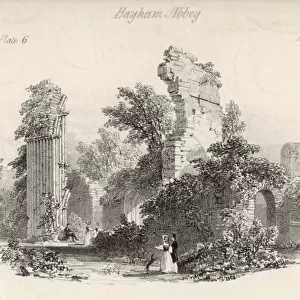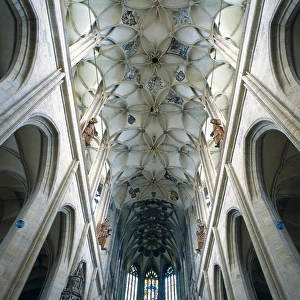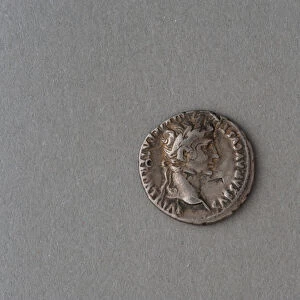Home > Europe > Italy > Lazio > Rome
Two Asses. Bronze. 1st century. Denarius. Silver. Semis, Bro
![]()

Wall Art and Photo Gifts from Mary Evans Picture Library
Two Asses. Bronze. 1st century. Denarius. Silver. Semis, Bro
Roman Coins. Two Asses. Bronze. 1st century. Denarius. Silver. Semis, Bronze. Mint Cese (Tarragona, Catalonia). History Museum. Sabadell. Catalonia, Spain
Mary Evans Picture Library makes available wonderful images created for people to enjoy over the centuries
Media ID 14353583
© Thaliastock / Mary Evans
Bronze Catalonia Coin Coinage Coining Coins Denarius Iberian Metalworking Mint Minting Peninsula Sabadell Tarragona Asses
FEATURES IN THESE COLLECTIONS
> Europe
> Italy
> Lazio
> Rome
> Europe
> Spain
> Related Images
EDITORS COMMENTS
1. Title: "Two Asses Denarius and Semis Coins from Tarragona, Spain: A Glimpse into the Ancient Roman Economy of the Iberian Peninsula" This image showcases two Roman coins from the 1st century AD, discovered in Tarragona, Catalonia, Spain. The larger coin is a denarius, featuring the image of two asses on the reverse side, while the smaller coin is a semis, displaying the head of the Roman god Jupiter on the obverse. Both coins are made of different metals: the denarius in silver and the semis in bronze. The coins were minted at Cese, the Roman mint in Tarragona, which played a significant role in the Roman economy of the Iberian Peninsula. The denarius, with its two asses, was the primary silver coin used for transactions throughout the Roman Empire. The semis, a bronze coin, served as smaller change. The intricate designs on these coins reflect the advanced metalworking and minting techniques of the ancient Romans. The obverse and reverse sides display various symbols and images, including the head of Jupiter and the two asses, which were believed to symbolize the Roman goddess of abundance, Libera. These coins offer a fascinating glimpse into the economic and cultural history of the Roman Empire's presence in the Iberian Peninsula during the 1st century AD. Their discovery in the History Museum of Sabadell, Catalonia, serves as a reminder of the rich historical heritage that continues to be uncovered and preserved for future generations. The Roman coins from Tarragona, with their intricate designs and historical significance, represent a unique intersection of art, history, and the ancient Roman world. Their preservation in the History Museum of Sabadell allows us to explore the economic and cultural connections between Rome and the Iberian Peninsula during the ancient age.
MADE IN AUSTRALIA
Safe Shipping with 30 Day Money Back Guarantee
FREE PERSONALISATION*
We are proud to offer a range of customisation features including Personalised Captions, Color Filters and Picture Zoom Tools
SECURE PAYMENTS
We happily accept a wide range of payment options so you can pay for the things you need in the way that is most convenient for you
* Options may vary by product and licensing agreement. Zoomed Pictures can be adjusted in the Cart.




